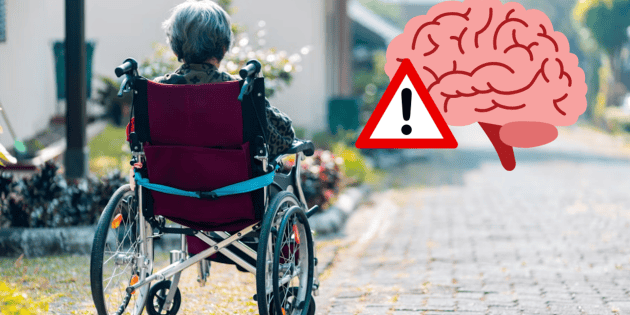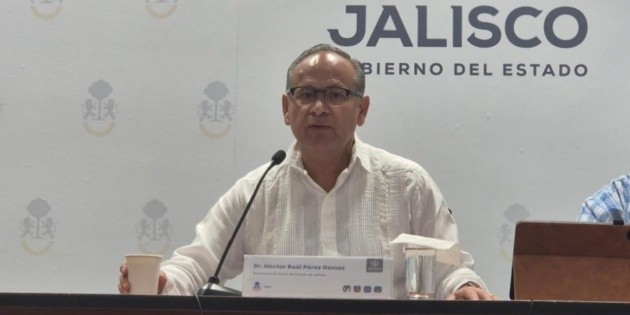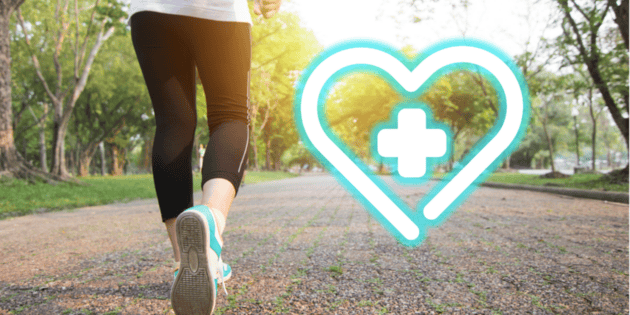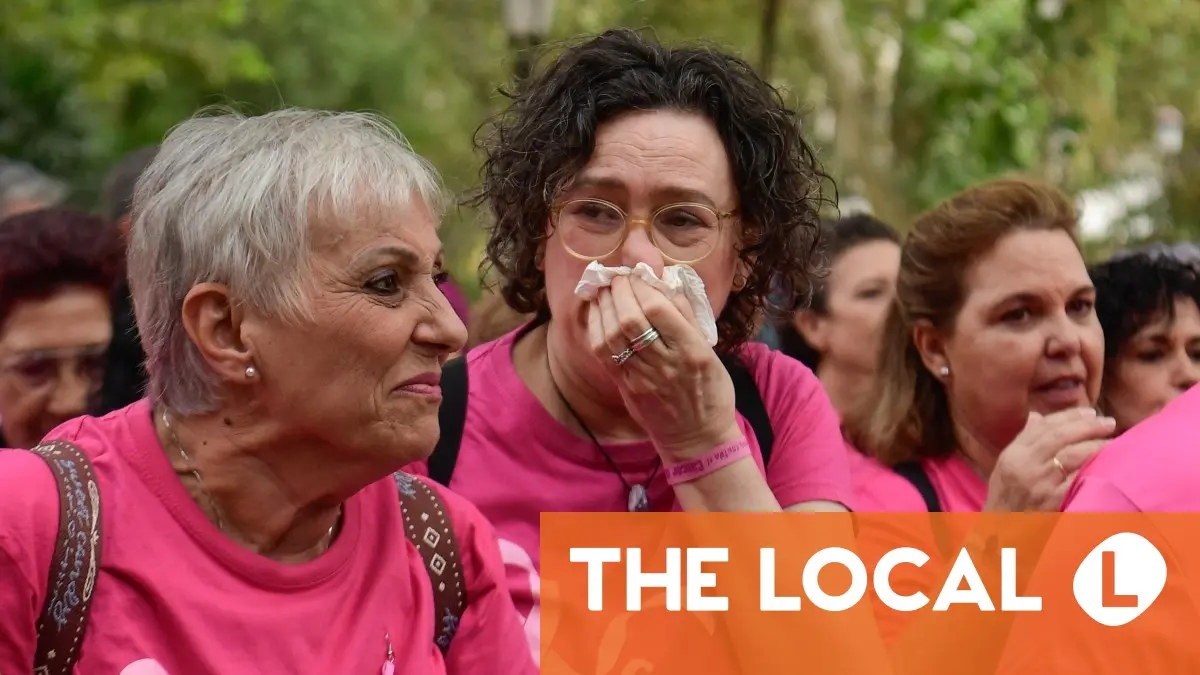What should be done in the event of a stroke?

Stroke, also known as cerebral infarction or cerebral hemorrhage, is a medical emergency that occurs when blood flow to the brain is interrupted, or when a blood vessel ruptures and causes bleeding into the brain tissue. Either of these two situations causes neurons to stop receiving oxygen and nutrients, causing irreversible brain damage in a matter of minutes and, above all, disability.
This condition is one of the leading causes of disability in adults , and one of the most common neurological emergencies in Mexico. Because every minute counts with a stroke, It is crucial to learn to detect it and understand how to act, to have a greater chance of the person surviving without serious consequences, says Dr. Juan Manuel Calleja Castillo, neurologist and cerebrovascular disease specialist at the ABC Medical Center.
In addition to knowing that immediate medical attention is essential when a stroke develops, prevention is important. Adopting healthy habits, medical monitoring, and managing chronic conditions significantly reduces the risk.
Do you know what a stroke is?Stroke is not a single disease, but a set of disorders that affect the circulation of the brain. In general terms, this condition falls into two broad categories:
- Ischemic stroke (embolism): accounts for about 80% of cases. It occurs when a clot blocks a cerebral artery, preventing the passage of blood and oxygen to brain tissue.
- Hemorrhagic stroke: occurs when a blood vessel bursts and blood leaks into the brain, directly damaging neurons and increasing intracranial pressure.
The main causes include high blood pressure, atherosclerosis, cardiac disorders such as atrial fibrillation, and coagulation disorders.
Some modifiable risk factors, such as smoking, a sedentary lifestyle, obesity, excessive alcohol consumption, and a diet high in salt and fat, can also increase the risk of developing stroke. In addition, there are non-modifiable factors that increase the risk of developing stroke, such as age or family history.
It is estimated that Nearly 80% of stroke cases could be prevented through the detection and management of risk factors.
Read: These are the symptoms produced by the stuffed caterpillar seen in Tlajomulco. Strategies to prevent a stroke.Stroke prevention is based on maintaining a healthy lifestyle. and controlling diseases that affect cardiovascular health. There are various measures we can implement in our daily lives, ranging from adopting a healthier diet to reducing our consumption of harmful substances. When we talk about a healthy diet, we mean one that includes fruits, vegetables, whole grains, legumes, and fish, in addition to reducing salt, ultra-processed foods, and saturated fats.
Physical activity is another fundamental pillar ; here it is not required to invest large amounts of time or exhausting effort, with walking at least 30 minutes a day and accumulate about 150 minutes of moderate exercise per week , an improvement in circulation, weight regulation, reduction of blood pressure and optimization of cholesterol levels has been seen.
Quitting smoking is perhaps the most important decision to make in reducing your risk of stroke. Tobacco hardens and narrows arteries , which facilitates the formation of blood clots and raises blood pressure. Furthermore, Excessive alcohol consumption should also be avoided, since it directly affects the heart rate, which can trigger disorders such as atrial fibrillation.
Regarding chronic diseases, it is essential to keep hypertension under control, as high blood pressure slowly damages cerebral vessels and increases the risk of hemorrhage or thrombosis. The same is true for diabetes, which, if not properly controlled, accelerates the deterioration of arteries.
Experts recommend regular medical checkups, especially for those with one or more risk factors. A routine examination can detect the early presence of hypertension, arrhythmias, or diabetes, conditions that often don't cause symptoms at first but do increase the risk of stroke.
Read: What does it mean when someone talks with their hands in their pockets? Apply stroke prevention in everyday life.Knowing preventive strategies does not always mean applying them easily, the real challenge is to transform medical recommendations into sustainable habits.
As a first step, it's recommended to set realistic and progressive goals. Instead of changing your routine abruptly, you can start with small adjustments, such as walking just 15 minutes a day, reducing your salt intake, or eating a few more vegetables. Taking these small steps consistently leads to significant improvements over the long term.
Exercise should be integrated into your daily routine. From walking to stair climbing, dancing, or cycling, these are activities that can be incorporated into your daily routine without disrupting your routine too much. If you live with chronic illnesses or joint problems, It is important to consult a doctor before starting any physical activity program. , to define the type, intensity and objective appropriate for each person.
Stress management also plays a key role , as prolonged situations of emotional tension lead to elevated blood pressure.
Learn how to react to a strokeThe reality is that prevention is a great tool to reduce the risk of developing a stroke, but In case this is happening, it is also crucial to know how to act.
Recognizing stroke symptoms early is essential; a useful and rapid method is the "DALE" test:
- Facial weakness: ask the person to smile and see if one side of their face droops.
- Loosening of an arm: ask him to raise both arms at the same time and see if one weakens or does not rise.
- Altered language: ask him to repeat a simple phrase and identify if he speaks with difficulty or does not understand what is being said.
- Go to the emergency room immediately: If one or more of these signs appear, you should act immediately and go to a hospital emergency room.
* * * Stay up to date with the news, join our WhatsApp channel * * https://www.whatsapp.com/channel/0029VaAf9Pu9hXF1EJ561i03
TO THE
informador




